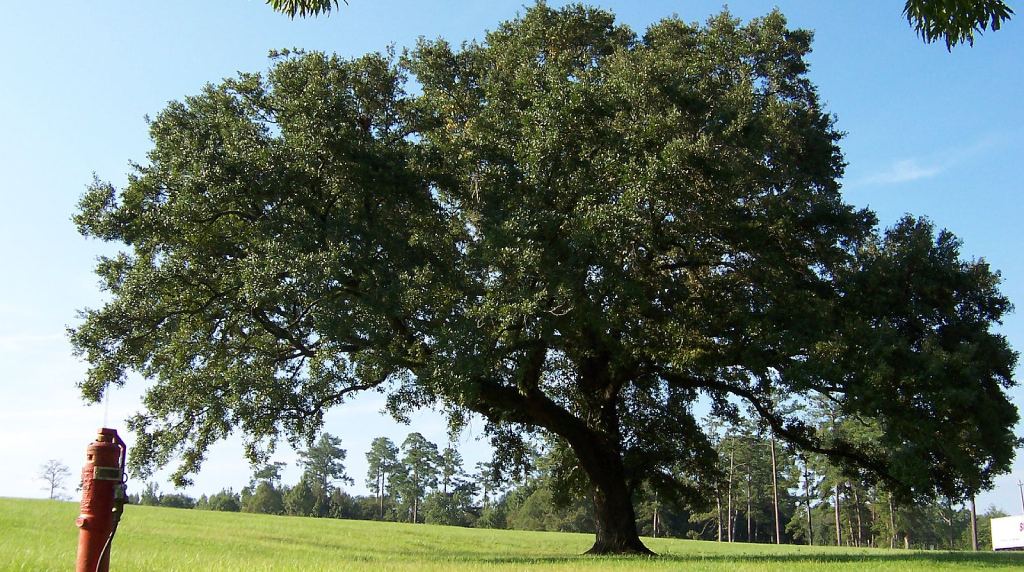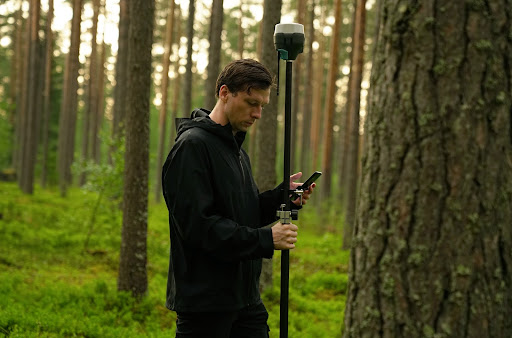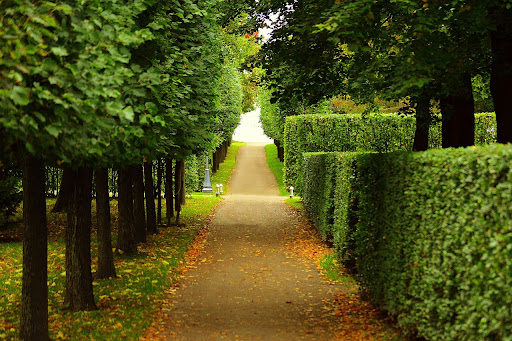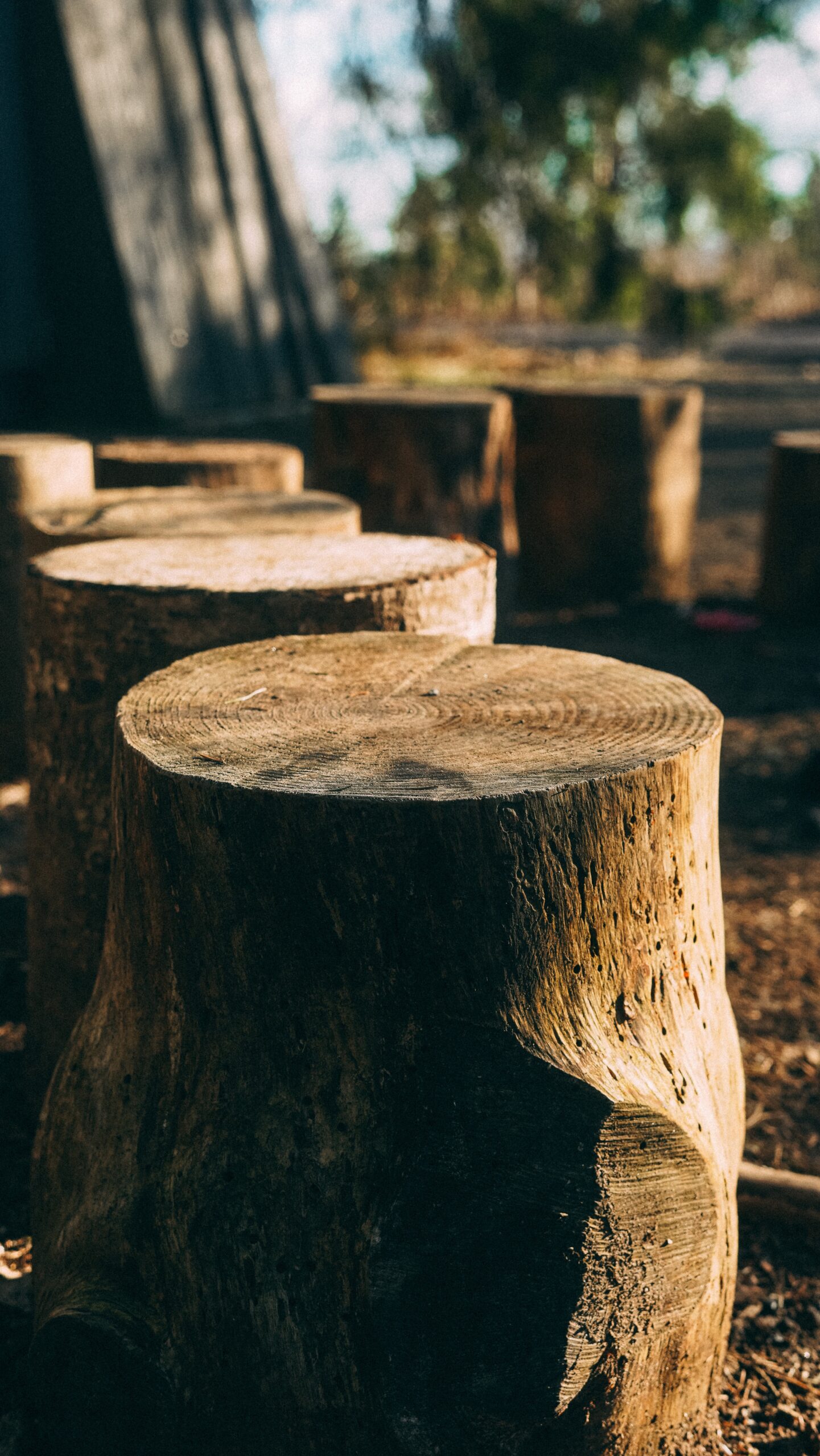
How To Save A Dying Live Oak Tree
Date January 18, 2022
Category
So, you’ve seen that your live oak tree has been dropping leaves and wilting recently? Noticed some signs of disease like discoloration or dieback? Quick action at those first signs can be just the thing that saves your arbor. Learn how to save your dying live oak tree with these top TreeNewal tips!
How to tell if an oak tree is dying – especially in the winter?
What exactly does a dying oak tree look like? With trees currently in their dormant stage, it can be especially hard to tell the difference. Here’s an easy test to gauge if your tree is dying or dormant.
- Take a small twig directly from the tree and, using a sharp blade, peel back a section of its bark.
- If it appears green and healthy, no worries – It’s just sleeping!
- If it looks browned, grey-ish, or fragile, odds are your tree may be in danger.
When dormancy is not a factor to consider, the signs of a live oak’s decline are much easier to tell.
- If oak wilt is at hand, look for browning leaves falling from their branches before expected.
- Leaf blisters look like raised yellowish and browned bumps on an otherwise healthy-appearing leaf
- Look for signs of bug infestations such as bored holes and browning only around the edge of leaves
- Cankers are apparent by the falling of dead bark off of the tree’s trunk
Why is my live oak tree dying?
No matter how hardy a live oak can be, disease is always a risk with many potential causes. Overabundant standing water can drown a root system and attract pests. Broken branches and damage caused by strong lawnmower impacts or improper trimming can leave an open wound vulnerable to infection. Once you have an idea of the root of the problem, you’re far better prepared to stop it in its tracks!
How to save your live oak
- TRIM AND PRUNE
You didn’t think we wouldn’t mention pruning in an advice post about tree care, did you? Leaving dead, dying, or diseased branches on an oak tree can cause the entire tree to follow suit; so it’s vital to take care of removing them as quickly and efficiently as possible.
Once you’ve determined which branches need trimming or removal, make sure your tools are as sharp and clean as possible to avoid causing any open wounds to the trunk or transferring residual germs from their previous use. If a wound is made, apply a pruning seal or wound dressing as soon as possible to lessen the chance of attracting the attention of a hungry sap beetle. Wherever possible, also keep in mind the optimal times for pruning throughout the year.
Make sure not to leave any discarded branches or questionable fallen leaves lying around – you never know what those leftovers may still be carrying that could spread to surrounding trees! If you need some help with pruning your trees or disposal of removed branches, you’ll find tons of resources and advice here on TreeNewal’s blog – or give us a call!
- APPLY FUNGICIDES
Sometimes pruning alone isn’t enough. Trees and fungi can have a beautiful symbiotic relationship… until the wrong strain of fungi comes along! Anti-fungal sprays and injectables can help with combatting attacks on your live oaks.
Fungi affecting branches or leaves may need an anti-fungal spray applied. Prep for its use by wearing goggles, protective gloves, and a mask and carefully review all directions by the manufacturer on the packaging label. Fungicides can be very strong, so use caution when handling them.
If you see tree bark decaying or inexplicably falling off its trunk, stronger solutions like an injector may be needed. Using a fungicide injector requires the drilling of a small hole into the tree, so if you are at all hesitant about DIYing it, a professional tree care service like TreeNewal is happy to take the stress off and do the drilling for you!
- FERTILIZE, MULCH, AND DRAIN
With the first and most important steps in saving a dying live oak tree taken care of, your arbors are (hopefully) in the recovery phase now.
Re-fertilize all around the tree, especially the ground directly underneath the branches, to support those stressed roots. Next, apply fresh mulch in a donut shape around the base of the tree about one foot in distance away from it. This helps to prevent new diseases from taking advantage of weakened trees. Then, clear away any standing water that might hinder your tree’s recovery.
And finally, enjoy the renewal of your live oak trees!
If you need advice or assistance with assessing and saving your dying live oak tree, get in touch with the ISA-certified arborists at TreeNewal and enjoy tailored tree care advice.
To learn more about How To Save A Dying Live Oak Tree, call our Argyle and Southlake-based teams
at tel:(817) 592-6846 or send us a message.
We’re a little different than the average tree services company.
Learn more about TreeNewal’s ISA Certified Arborists!
Our Dallas/Fort Worth-based tree doctors can explain how sustainable tree care services add more value to your bottom line.
Healthy trees, healthy lives.







